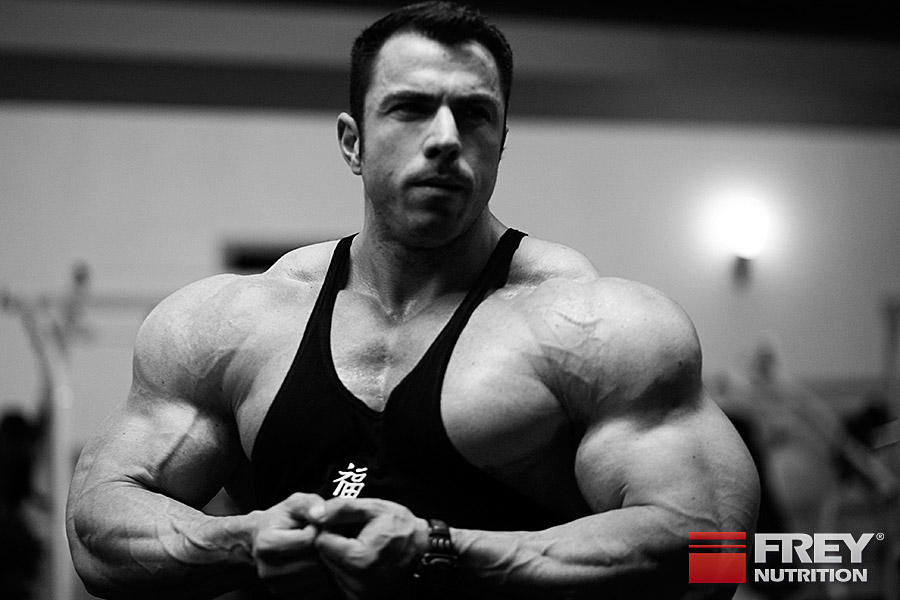ANSWER
!
Many athletes struggle with an asymmetry between the muscle groups on both sides of the body. It can even be said that there is no person in the world whose muscles - for example the biceps - are identical on the left and right.
Such deviations have to be accepted, for better or for worse. However, they are more obvious in some people than in others. I myself struggle with the same problem. As a right-handed person, my right bicep is also stronger than my left.
Getting the problem completely under control is extremely difficult. You can try to adapt the weaker muscles to the stronger ones. However, it is questionable whether you will ever get them to the same level, as the better muscle will always dominate.
For a right-handed person, it is already everyday actions that have a negative influence: the right arm is (unconsciously) stressed much more often and more than the left, so special training is only likely to counteract asymmetry to a limited extent.
A different weight load and an increase in the set of weaker muscles help to balance out asymmetries between the halves of the body.
What I definitely recommend is that you put a little more weight on your left biceps. For example, if you do dumbbell curls with 15 kilos, use 17.5 kilos for your left biceps (or 12.5 kilos for your right). Of course, it is advisable to alternate the exercises, as otherwise the different weight loads can cause problems when performing the exercises.
As a second option, you could add one or two additional sets for the left biceps to your training plan. However, be careful not to push it too hard, as this can lead to overtraining, and you will achieve the opposite: you will stagnate or even lose muscle mass instead of building it.
Ultimately, adapting two different muscle groups requires a lot of patience. It will probably take months before you can really see the results. So I can only stress at this point that only regular, long-term training with a targeted but well-dosed increase in intensity for the weaker part will lead to success.











